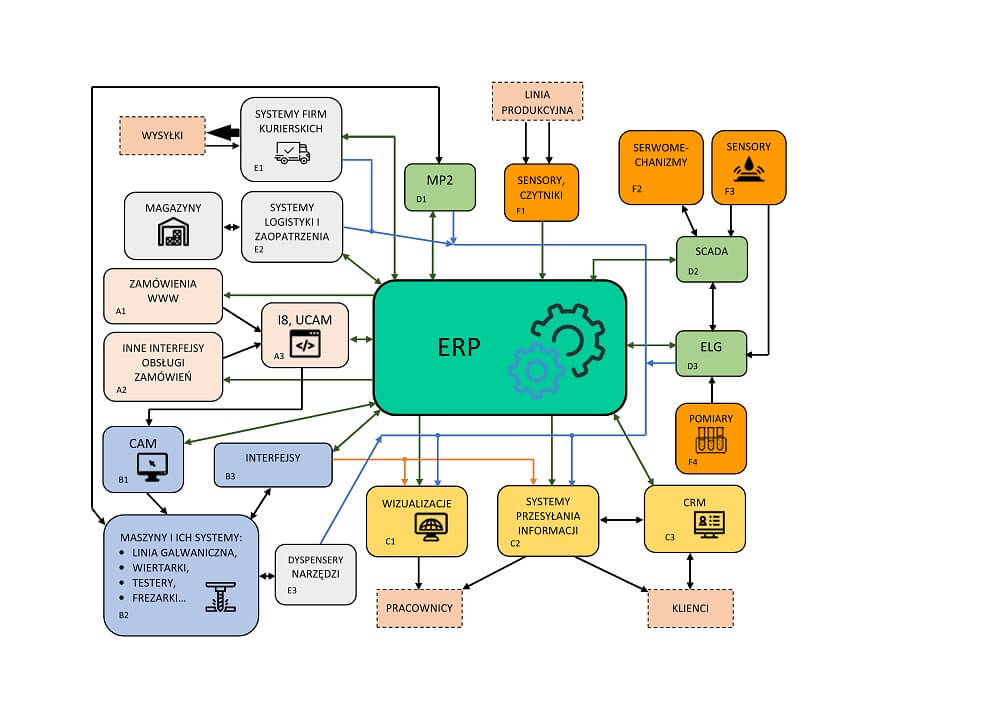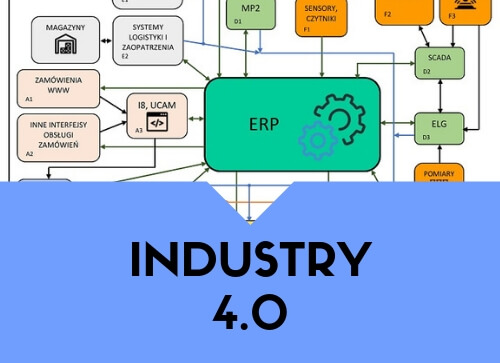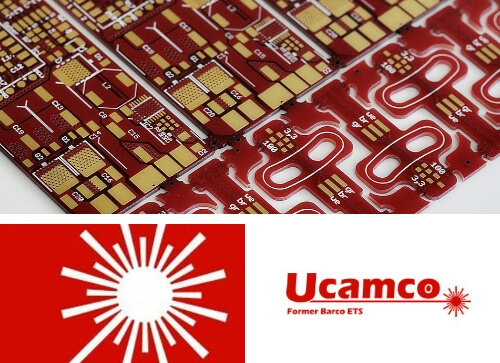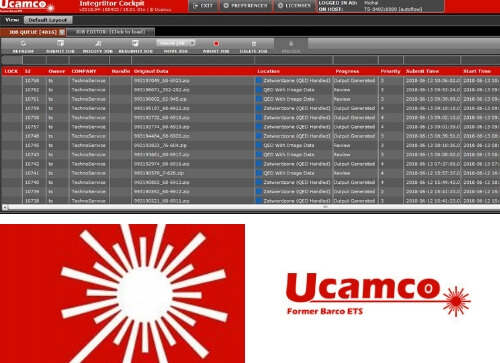Parameters of printed circuits _ ELECTRICAL
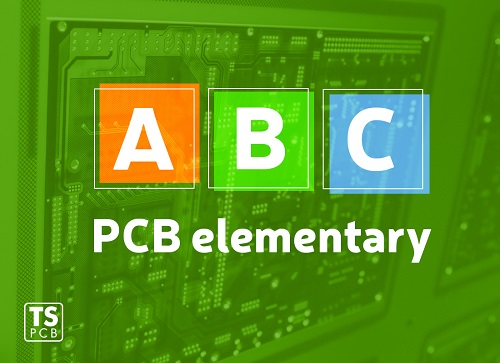
Apart from the basic and temperature parameters listed above, laminates may also be described with electrical parameters (apart from CTI mentioned above), water absorption resistance and CAF.
Electrical characteristics:
From the electrical point of view laminates are mostly described in terms of signal losses. They become very significant when used in high-frequency circuits.
The first of them is the dielectric constant (Dk), i.e. relative permittivity of the material with respect to permittivity of void. In typical laminates used for production of electrical circuits (e.g. FR4) it is relatively high (above 4) and largely dependent on frequency. The higher this value the more the signal is attenuated. For high-frequency circuits expected Dk values need to be lower and stable across a wide frequency range.
Another parameter is the so-called dielectric loss (Df) determining signal losses caused by absorption by the material. For high-frequency circuits expected value is 0.01.
Because both these parameters are responsible for signal losses, laminates with possibly low Dk and Df values should be used e.g. with Teflon/ceramic basic or specialized epoxy-glass laminates.
The last important parameter is dielectric's resistance to breakthrough mostly in the case of devices where high voltages occur. This parameter is mostly determined on the basis of IPC-TM-650 test i.e. for thickness ≥ 0.5 mm. Its typical value for FR4 is ca. 40–50 kV. With dielectric thickness of 0.1 mm (an example being dielectric used on laminates on aluminium basis) the value of this parameter falls to ca. 3 kV.
Humidity is the greatest enemy of circuits as its excessive absorptions leads to deterioration of thermal laminate parameters and CAF i.e. delamination. Storage conditions are not without significance with this respect. Appropriate storage humidity and temperature conditions allow for the limiting of humidity absorption.
For more information please read our archived article.




